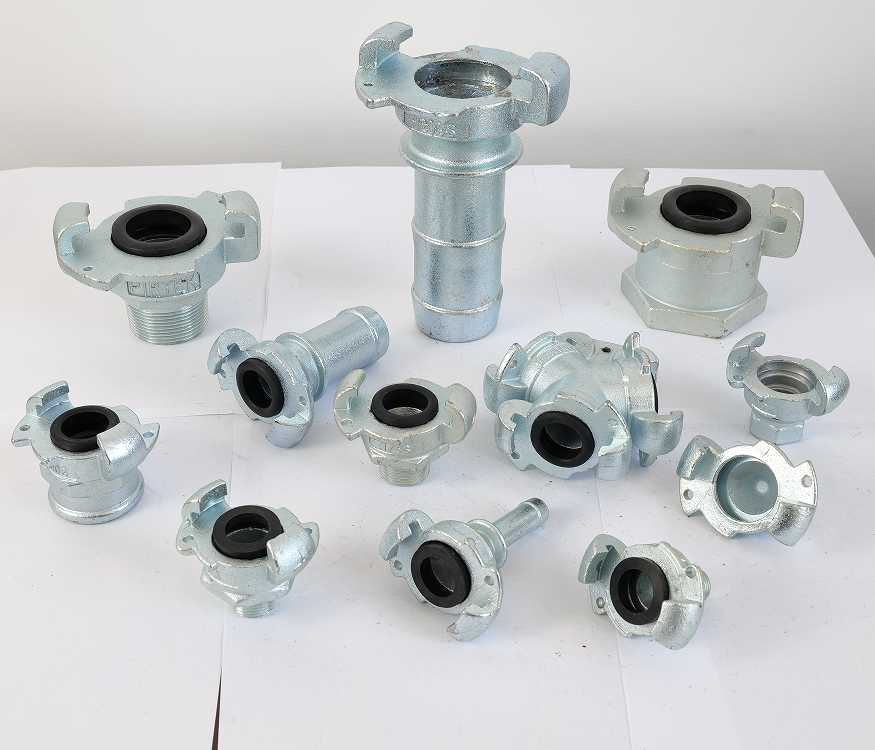Sizing Up Strength: Understanding the Dimensions and Torque Capacities of Universal Claw Coupling Type S
2024-02-01
Introduction:
In the intricate dance of mechanical engineering, selecting the right coupling size and torque capacity is paramount for ensuring efficient power transmission and system reliability. Universal Claw Coupling Type S, renowned for its adaptability and strength, comes in various sizes, each tailored to meet the demands of specific applications. In this blog, we will explore the typical sizes and torque capacities available for Universal Claw Coupling Type S, shedding light on the factors that guide engineers in making these crucial decisions.
1. Size Variations:
Universal Claw Coupling Type S is manufactured in a range of sizes to accommodate diverse shaft diameters. Standard sizes can start from smaller diameters, catering to applications in compact machinery, and extend to larger sizes suitable for heavy-duty industrial setups. The availability of various sizes ensures flexibility in addressing the specific needs of different systems.
2. Shaft Diameter Compatibility:
When selecting a Universal Claw Coupling Type S, engineers carefully consider the diameter of the shafts that need to be connected. The coupling's size is chosen to match the shaft diameter, ensuring a secure fit and efficient power transmission without compromising on alignment.
3. Torque Capacity Range:
The torque capacity of Universal Claw Coupling Type S varies across different sizes. Smaller couplings may have lower torque capacities, suitable for applications with less demanding torque requirements. Larger couplings, on the other hand, are designed to handle higher torque loads, making them suitable for heavy-duty applications in industries such as mining, manufacturing, and energy.
4. Consideration of Misalignments:
The sizing process also takes into account the potential misalignments the coupling may need to accommodate. Larger couplings may offer greater flexibility to handle significant angular or parallel misalignments, making them suitable for applications where perfect shaft alignment is challenging to achieve.
5. Application-Specific Selection:
Engineers carefully assess the specific requirements of the application when choosing the size and torque capacity of Universal Claw Coupling Type S. Factors such as the type of machinery, operational conditions, and torque demands all play a role in determining the most suitable coupling for a given scenario.
6. Industry Standards:
The design and manufacturing of Universal Claw Coupling Type S adhere to industry standards, ensuring consistency and compatibility across different manufacturers. This standardization aids in the seamless integration of couplings into various systems without sacrificing performance or safety.
7. Consultation with Manufacturers:
To make informed decisions, engineers often consult with coupling manufacturers who provide detailed specifications and guidance on selecting the right size and torque capacity. This collaborative approach ensures that the chosen coupling aligns with the specific needs of the application.
Conclusion:
The selection of the appropriate size and torque capacity for Universal Claw Coupling Type S is a meticulous process that involves a nuanced understanding of the application's requirements. From compact machinery to heavy-duty industrial setups, the availability of various sizes allows engineers to tailor their choices, ensuring that the coupling not only fits the shaft diameters but also delivers the necessary torque capacity for reliable and efficient power transmission. As industries continue to evolve, the versatility and strength of Universal Claw Coupling Type S remain steadfast, embodying the precision required in the world of mechanical engineering.


